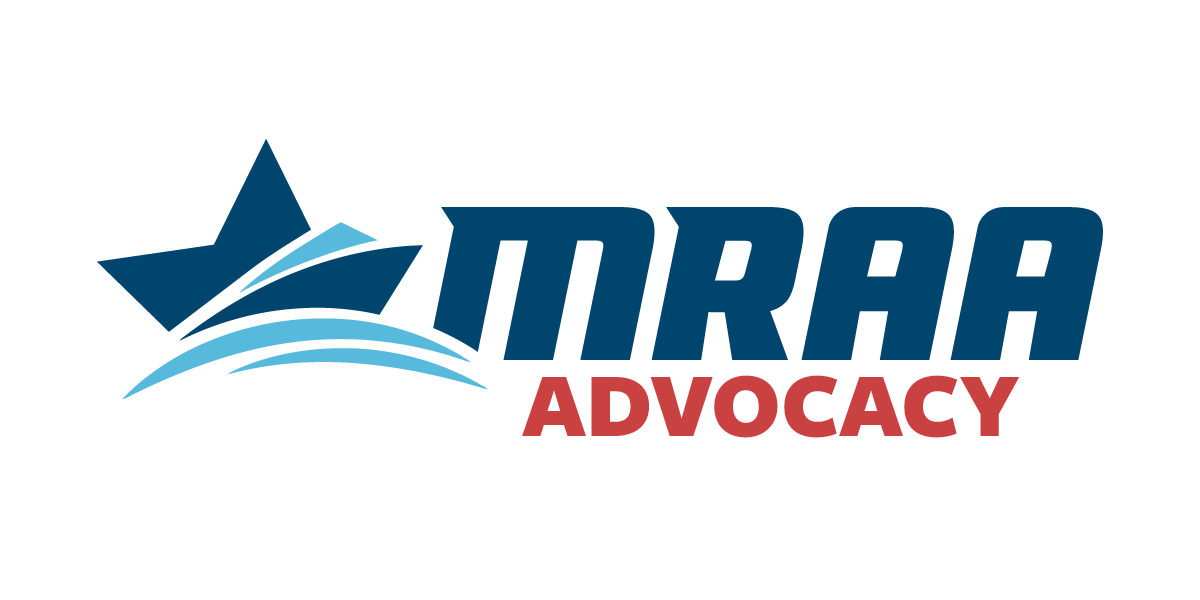The U.S. Environmental Protection Agency sent its final Renewable Fuel Standard rule on volume obligation to the Office of Management and Budget for interagency review in late August. OMB reviews all agency-written rules prior to finalization to ensure compliance with administration policy. It’s expected the review process at OMB will take several months to complete.
According to an EPA spokesperson, “The agency’s overarching goal is to put the RFS program on a path that supports continued growth in renewable fuels in the future.” After an extensive public comment process where EPA received 340,000 comments, the final determination was included in the rule sent to OMB. The information will not be released to the public until after the OMB review, but rumors in D.C. are circulating that the total volume numbers may increase, which translates to a higher ethanol percentage at the pump.
Ethanol use has been destructive to many older boat engines, fuel tanks and outboard motors. Safety and high repair costs have been the biggest concerns of marine retailers, who have lobbied EPA and Congress for stabilization or outright repeal of the RFS. Boat engine manufactures are making engines today that can tolerate E-10, but ethanol levels in excess of that, such as E-15, pose significant risks.
EPA is responsible for developing and implementing federal regulations to ensure transportation fuel sold in the U.S. contains a minimum volume of renewable fuel. The RFS program was created under the Energy Policy Act of 2005. It establishes a total renewable fuel volume mandate. Under the Energy Independence and Security Act of 2007, the RFS program was expanded to include diesel and increased the RFS from 9 billion gallons to 36 billion in 2022.
MRAA is working to schedule an important meeting with OMB within the next few weeks to report on the problems that boaters and anglers experience with the current (and potentially increased) ethanol levels in marine fuels.




